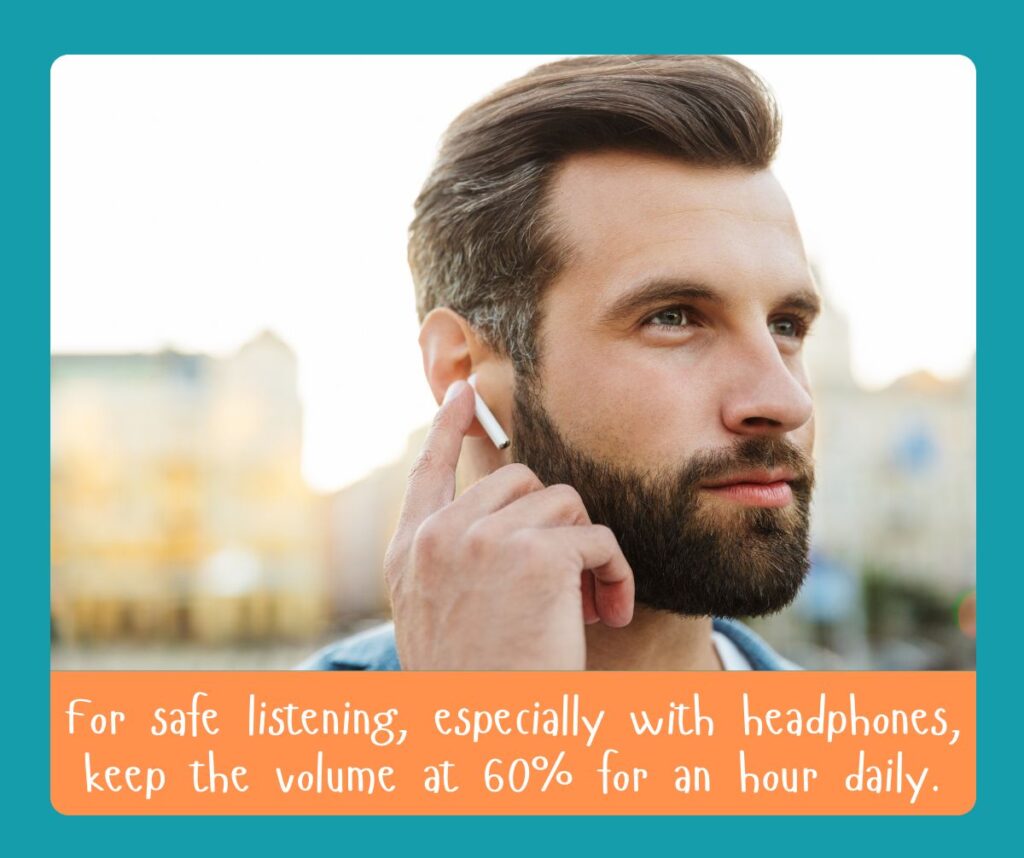Noise pollution isn’t just an urban legend; it’s the loud and clear reality of our bustling modern life.
From the relentless honking on the streets to the invisible hum of electronics in our homes, noise is more than just a nuisance—it’s a health hazard, particularly for our hearing.
Did you know that being constantly surrounded by noise can actually alter how our ears function? That’s right!

Just like a machine that wears out with persistent use, our ears can also bear the brunt of constant noise, leading to what experts call Noise-Induced Hearing Loss (NIHL).
In the realm of hearing health, it’s a growing concern, and here’s why it should matter to you:
Firstly, think about the children who play outside, the teenagers blasting music through their headphones, and the workers operating loud machinery. They all have something in common—a risk of being affected by noise pollution.
The Centers for Disease Control and Prevention (CDC) estimates that about 22 million U.S. workers are exposed to potentially damaging noise at work each year.
But what is it about noise that makes it so harmful to our ears? To put it simply, our inner ear contains tiny hair cells that are responsible for translating sound waves into signals that our brains can understand.
Loud noises can damage these delicate structures, leading to permanent hearing loss. However, there’s more to this tale.
Exposure to high levels of noise not only impacts hearing but also can cause stress, disturb sleep, and even elevate blood pressure. This is where the importance of sound regulations and personal protective equipment (PPE) comes into play.

So what should you do to prevent noise pollution and maintain hearing health? Here are some insights that could help you:
Protect Your Ears: Always wear ear protection in noisy environments. Earplugs or earmuffs can be a simple yet effective defence against the perils of noise pollution.
Mind the Volume: Keep the volume down, especially when using headphones. The World Health Organization recommends a safe listening time of only an hour a day at 60% volume.
Regular Check-Ups: Schedule hearing tests. Just as you would check your eyesight, regular hearing assessments can catch any early signs of damage.
Advocate for Change: Support initiatives that aim to reduce noise pollution. This can be anything from promoting quieter road surfaces to backing legislation for noise control.
Educate and Empower: Spread awareness. Understanding the risks and preventive measures can make a significant difference in hearing health outcomes.

By arming ourselves with knowledge and taking proactive steps, we can mitigate the risks of noise pollution on our hearing health. Isn’t it about time we turned down the volume on noise pollution and tuned into the health of our ears?
Interested in preserving your hearing against the stealthy creep of noise pollution? Learn more about protecting your hearing health and take the first step towards a quieter, healthier future today.




